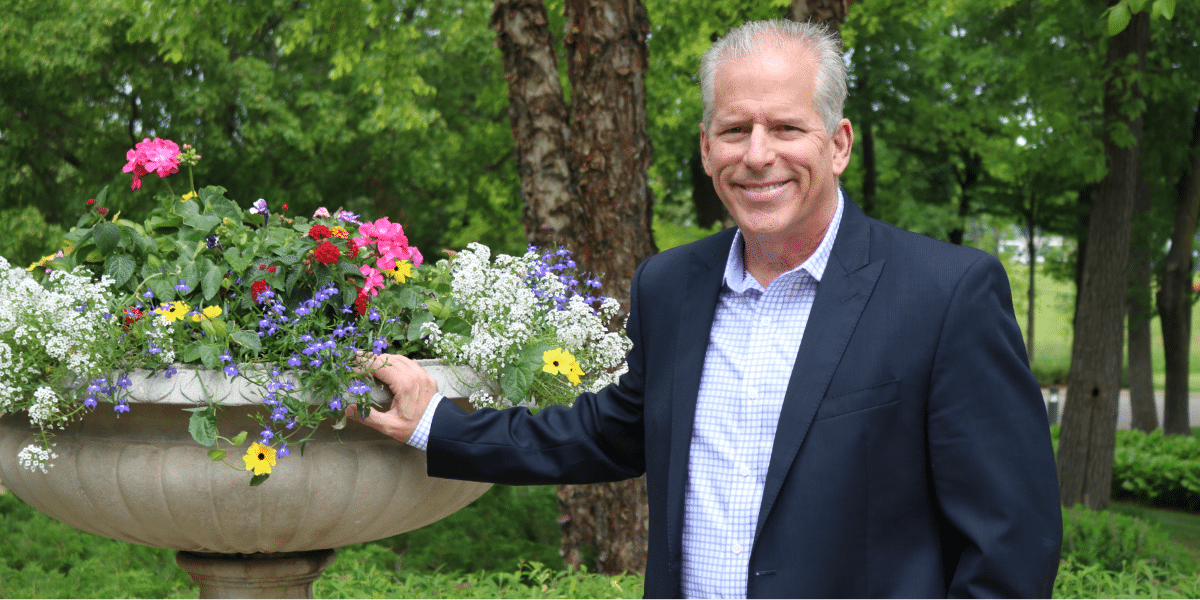LinkedIn is a place filled with advice from coaches. The problem is that it is often simplified, a misnomer for people’s personal challenges in their communication and mindset. Critics believe that vague advice, which people are unequipped to implement alone, fills the self-help industry. Self-understanding does not require a quick refresh on social media but rather a new internal dialogue. Only by becoming assured of oneself can an aspiring business person realize and communicate their goals with others. At least, that’s the opinion of Rachel Randolph, who recently shared some insight into her self-communication philosophy and how she teaches other people to improve themselves through positive self-talk.
For Rachel, developing a positive lifestyle and guiding others into one have become intertwined. She is the founder of Spec School, a communication coaching business, but has taken on a new personal lifestyle since 2021.
The circumstances of life since 2020 forced many into difficult decisions—the founder cashed out her savings and obtained remote employment to fund the growth of Spec. It’s an example of a person’s career and personal dialogue influencing one another. She has reflected on how three moments defined her journey to better self-communication and shared her hopes to pass them on to new people.
Step 1: Understand the problem
The Spec creator’s most notable moments included a period where she ignored ongoing dissatisfaction with her life, causing doubt, shame, and confusion. It marked a moment of vulnerability for the coach, at odds with her advocacy for self-dialogue and tolerance.
Nonetheless, the revelation proved that even specialists experience setbacks in their field and that people should identify their problems before trying to solve them. Only once she accepted and addressed these flaws could she dedicate her life to coaching others.
Step 2: Research and development
Overcoming negative emotional responses involves taking action. Randolph’s transition to coach and effective self-communicator was no different.
First, she needed source material for inspiration: “A catalyst of some form (a book, a conversation, a LinkedIn post, etc.) that brings about a new willingness to make desired changes.” It was a move to help herself, but it has also provided inspiration, knowledge, and motivation in her work helping others, balanced with encouragement to respond in the right way for them.
Reaching into the basis of her business, the owner applied what she learned to her future communication with herself. She believes this stage to be the one most people find challenging and one she can assist with significantly, as individuals who struggle to take action on their ambitions may need a coach to finalize their new lifestyle.
Step 3: Redesign your lifestyle
Attaining a new way of living once is one thing, but Randolph learned that successful growers must be able to adapt their lives whenever the moment requires. Many coaches help their clients to escape one rut only to leave them without the tools to climb out the next time they get stuck. An ultimatum the year after 2020 taught the coach that difficult reality, now central to her approach with clients. She uses the likes of neurolinguistic programming techniques intending to make others sustainably, rather than temporarily, better at self-communicating.
“I think it’s important to emphasize the subjective experience of one person to another,” the founder concluded. “No two lives are the same, so no two processes for designing a life can be the same.”





